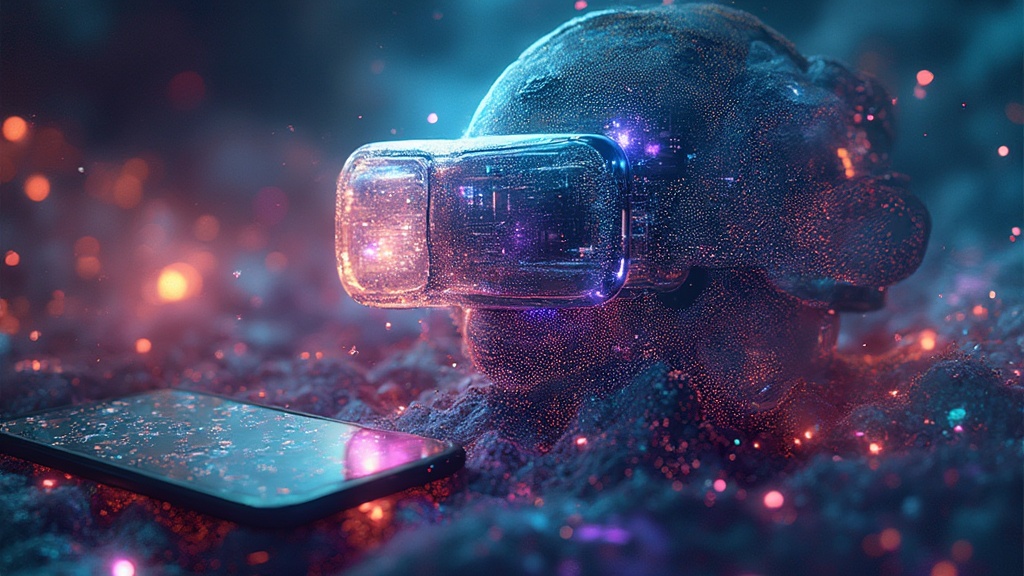
The exploration of Time-Crystal UX Design and Non-Linear UX Interfaces is a revolutionary leap into the future of user experience (UX) design. This innovative approach challenges our traditional understanding of time. Time-crystals, a groundbreaking phase of matter first theorized by Nobel laureate Frank Wilczek in 2012, oscillate without energy, existing in a state of perpetual motion. This defies the second law of thermodynamics in a closed system and opens a world of possibilities for UX design.
Integrating the concept of time-crystals into UX design moves us beyond the linear progression of time—from past to future—and embraces a non-linear approach to digital interaction. This allows for interfaces that repeat in time, not just in space, revolutionizing how users interact with digital platforms. Time-Crystal UX Design and Non-Linear UX Interfaces promise a more fluid, dynamic way of engaging with content, akin to navigating a web rather than following a straight line.
Imagine a digital storytelling platform where the narrative changes based on user interaction, offering a unique experience for every visitor. Or consider a project management tool that evolves based on a user’s interaction history, anticipating and adapting to future needs. These are the possibilities that Time-Crystal UX Design and Non-Linear UX Interfaces bring to the table.
However, the journey toward implementing these designs is filled with challenges. Designers must navigate the technical and conceptual hurdles of creating systems that utilize non-linear time without overwhelming users. A gradual integration of time-crystal principles into familiar UX patterns might be the key, introducing users to non-linear elements in a way that remains intuitive and engaging.
Feedback loops will be essential in refining Time-Crystal UX Design and Non-Linear UX Interfaces. By understanding how users interact with non-linear elements, designers can iterate on their designs to ensure the interfaces are both innovative and user-friendly. This process of iteration, much like the oscillation of a time crystal, is crucial in balancing novelty with usability.
As we delve into these innovative designs, ethical considerations must also be front and center. The manipulation of digital time carries the potential for misuse, and it’s vital to approach this power with a commitment to enhancing the user experience without compromising autonomy or privacy.
The exploration of Time-Crystal UX Design and Non-Linear UX Interfaces marks the beginning of a new era in UX design, where the linear constraints of time are no longer a barrier. This venture into uncharted territory is not merely an academic pursuit but a practical exploration that could redefine our digital experiences. As we embrace the complexities and uncertainties of this journey, the potential for true innovation in UX design becomes evident. The future of UX lies in our ability to twist, turn, and transform our understanding of time, with Time-Crystal UX Design and Non-Linear UX Interfaces at the forefront of this exciting frontier.


